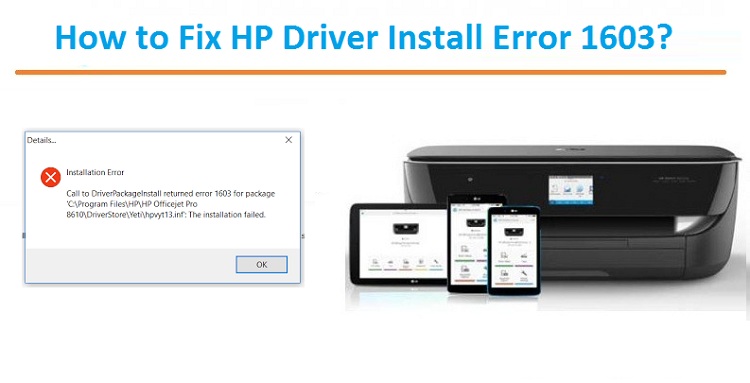

The default settings are beneficial if you are using the same authentication options for all printers. The authentication options on the TCP/IP Printer object are what determines what is presented to an end-user when accessing the Control Panel Application at the printer. If using self-signed certificates, ensure root CA is installed on the printer(s).If wanting to use Pull Printing, create a pull printer.Configure your Identity Provider properly.Ensure TCP Port 31988 is open in all firewalls such as the Service Client machine, routers, etc.All devices, to include Service Client, printers, etc., must be allowed to reach DNS server and resolve names.If your Service Client is using Windows OS, check to ensure Visual C++ Redistributable for Visual Studio 2015 (64-bit) or newer is installed on the Service Client.Ensure that the PrinterLogicServicePrinterApp.exe service is running on your Service Client machine.

Create a Service Client ensuring that on the Printer Apps tab, that Printer Apps is enabled and that the HTTPS certificate matches the hostname.TLS 1.2 is required to be enabled on the MFP.It is highly recommended that your printer be running the latest firmware version as some settings may only be available in the latest version.īadge readers must be uniformly configured on the MFP prior to installing the Control Panel Application.PrerequisiteĮnsure all prerequisites are completed and functional prior to CPA setup. Normal printing communication occurs from the workstation to the printer over TCP 9100 (or TCP 515 for LPR queues). From the printer to the PrinterLogic instance () over TCP 443.From the printer to the Service Client object over TCP 31988.CPA installation and uninstallation occur from the Service Client object to the printer over TCP 443.ĬPA operation requires two main communication paths:


 0 kommentar(er)
0 kommentar(er)
